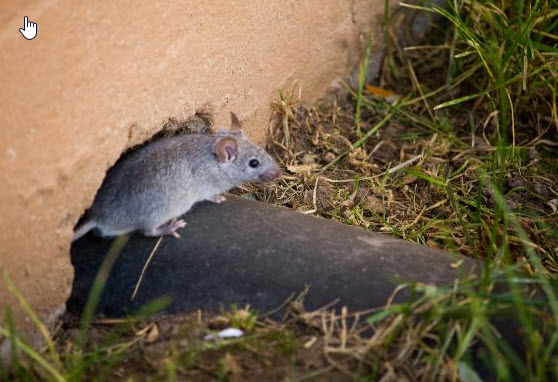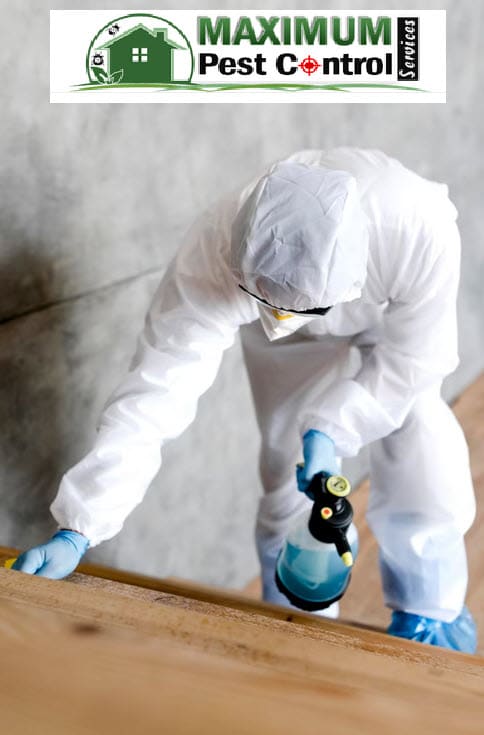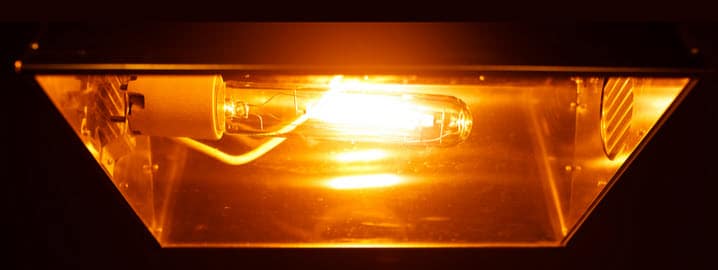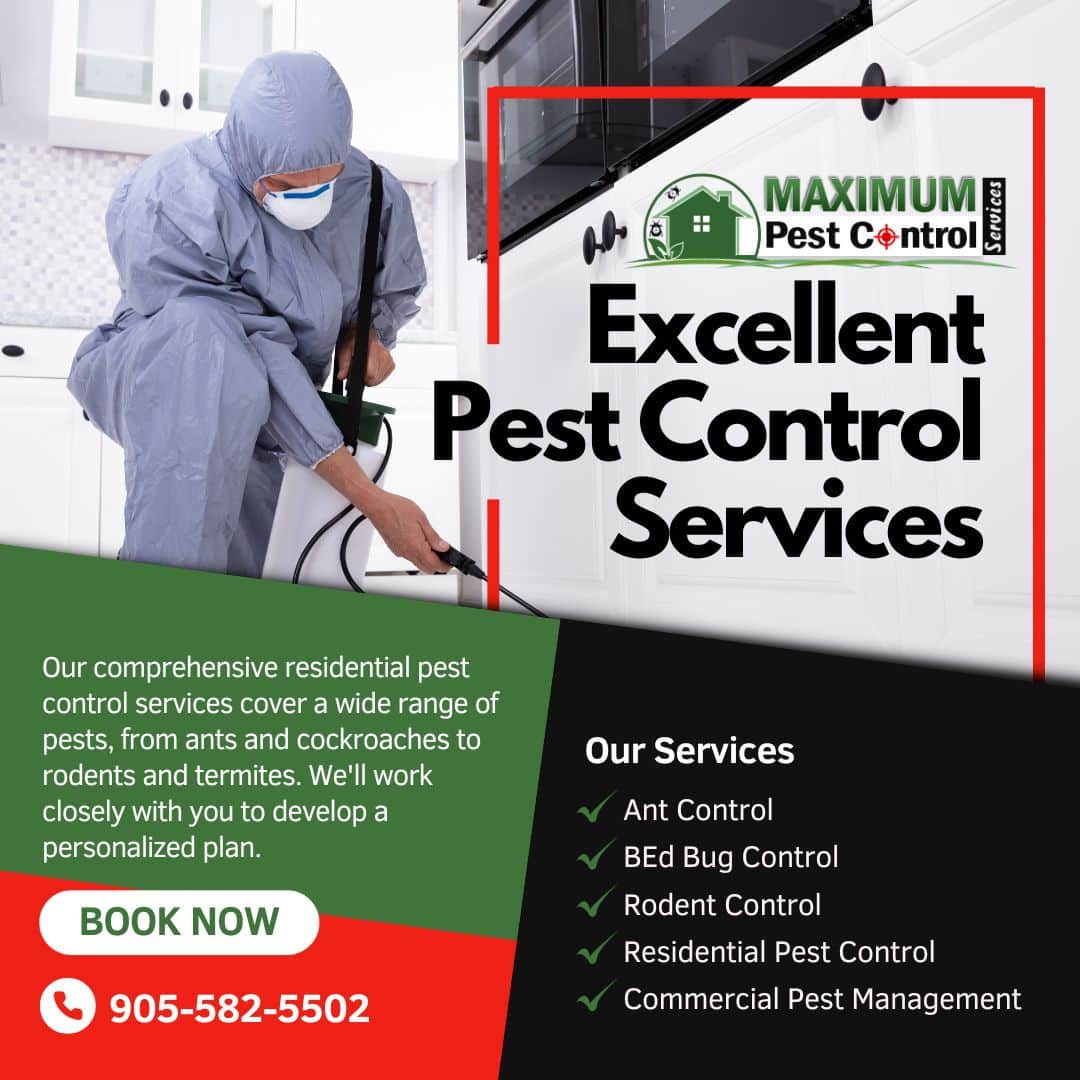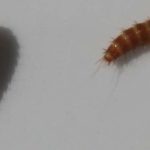
Identifying and Controlling High Risk Pest Areas in Your Facility
In this useful article, you will learn how to identifying and controlling high risk pest areas in your facility. Pests are not guests; they conquer spaces. They find cracks, shadows, and overlooked corners. In your facility, these unwelcome guests can do more than raise a nuisance; they put the health, safety, and integrity of your operations at risk. It’s important to know where they hide and how to control them.
Know Your Enemy
All facilities have their vulnerabilities. Pests take no time in exploiting them. The place to begin is with high-risk areas. Think of where warmth, moisture, and food come together. These are the breeding grounds.
Different pests look for different environments. Rodents seek shelter and food. Insects may look for warmth and moisture. Knowing what attracts them helps in prevention. It is also important to understand the behavior of pests. Cockroaches, for instance, are nocturnal. They hide in the day and come out at night. Recognizing these patterns helps in detection.
The Usual Suspects
Kitchens and areas where food is stored are one of the favourite targets. Crumbs on the floor, spills not cleaned—these are invitations. Pests don’t need much; a few morsels can sustain them. Regular cleaning isn’t just good practice; it’s a defence.
Store all food properly in sealed containers; open packages are an invitation to pests. Label everything and date it; rotate stock so older items are used first.
Appliances can harbour food debris: pull out refrigerators and stoves periodically and clean underneath and behind them. Don’t forget the inside of ovens and microwaves.
Hidden Corners
Storage rooms, particularly those that are rarely accessed become sanctuaries. Clutter provides cover. Boxes piled randomly form mazes where pests can flourish. Clean up these areas. Keep contents off of the floor and away from the walls.
Use shelving units; makes cleaning easier. It also reduces hiding places. Regular decluttering helps get rid of items that are no longer needed. Also, have the stored items inspected for signs of pests such as droppings, gnaw marks, or nests. Early detection avoids infestation.
Drains and Pipes
Moisture attracts pests like moths to a flame. Leaky pipes, damp areas under sinks—these are hot spots. Regular inspections can catch problems early. Fix leaks promptly. Dry out damp spots.
Condensation on pipes may also contribute to moisture. Insulate pipes to avoid this. If there are areas that have a tendency to be humid, ensure proper ventilation. Install drain traps to prevent pests from coming up through drains. Use natural drain cleaners to remove organic buildup.
Entrances and Exits
Windows and doors are not the only entries for people. Gaps and cracks will allow pests to slip in unnoticed. Seal these openings. Install screens where necessary. A small hole is all a mouse needs.
Check the outside of the building regularly. Check for any cracks in the foundation. Seal them with appropriate materials. Birds can nest in the eaves and roofs. This can attract mites and other pests. Install deterrents to stop nesting.
Waste Dump Sites
Overflowing trash cans delight pests. Proper waste management is so important. Look for trash cans with tight-fitting lids. Empty them often. Clean them to remove residues.
Consider individual containers for food waste. Composting can, if not well managed, lead to infestation of pests. Composting spaces therefore should be covered. Recycling bins also can attract pests. Clean recycling bins before disposing them. Keep recycling areas clean.
Landscaping and Exterior Areas
The outside attracts the inside. Heavy vegetation close by gives cover. Keep shrubs and trees pruned. Remove trash from the outside of the building.
Mulch can be a haven for pests. Keep it away from the foundation. Gravel or rock would be better. Insect Attracting Lighting: Use yellow or sodium vapor lights, less attractive to bugs. Place lights away from doors and windows.
Control Measures Implementation
Identify high-risk areas, then take action. Develop an integrated pest management plan. Get all staff members involved. Education is the key.
Implement integrated pest management approach. This would focus on prevention, monitoring, and control. It would use environmentally friendly methods. Set clear protocols on reporting pest sightings. Encourage open communication. The more eyes watching, the better.
Surveillance and Maintenance
Establish routine inspections. Use traps and monitoring devices, as needed. Record pest sightings and actions taken.
Use sticky traps to monitor insect activity. Place them in key locations. Check them regularly. Rodent traps can be placed along walls. Rodents like to travel along edges. Mark location of traps on a map to easily monitor.
Work with Professionals
Sometimes, professional help is needed. Pest control professionals can provide solutions tailor-made for your facility. Do not be afraid to ask for their advice.
They can identify the pest species correctly and properly. This is so important for proper treatment. They also know safe pesticide application methods. Be sure the pest control company is licensed and reputable. Ask for references. Go over their plans for treatment and safety procedures.
Conclusion
Your facility is more than just a building; it’s a place where people work, create, and grow. Pests are a threat to that environment. You’re not only protecting the structure itself but also the people inside by finding high-risk areas and implementing control measures.
Keep in mind that prevention continues to be preferable to treatment. The best defences are routine cleaning, maintenance, and monitoring. Keep pest control in the routine. Your facility, staff, and peace of mind will thank you.
Has Pest Invaded Your Sanctuary?
Maximum Pest Control Service believes that there are times when one can try all the measures possible and yet cannot get rid of the intruders. In case, the pest problem does not seem to go away, please do not stress—our expert team is just a call away (905) 582-5502. We have the best interests of our clients in mind and thus work on finding the most effective solutions in identifying the cause of the problem. Our procedure begins with a check on your premises to detect both surface and subsurface infestation as well as the sources of infestation.
With this information, we them use safe and effective procedures and Eco-friendly products which get rid of the invaders without compromising on the well-being of your home and the family. The other thing that makes us different is our commitment to the client. If you still feel the presence of pests or any other nuisance afterwards, we will be back again without further charges until the problem is sorted out!
This is not where our support ends; we further help with what measures you should take in the future so that you can relax in a home without any pests. With Maximum Pest Control Services on your side, you will be confident that there are no infestations that can be too tough! Call us Today (905) 582-5502.

